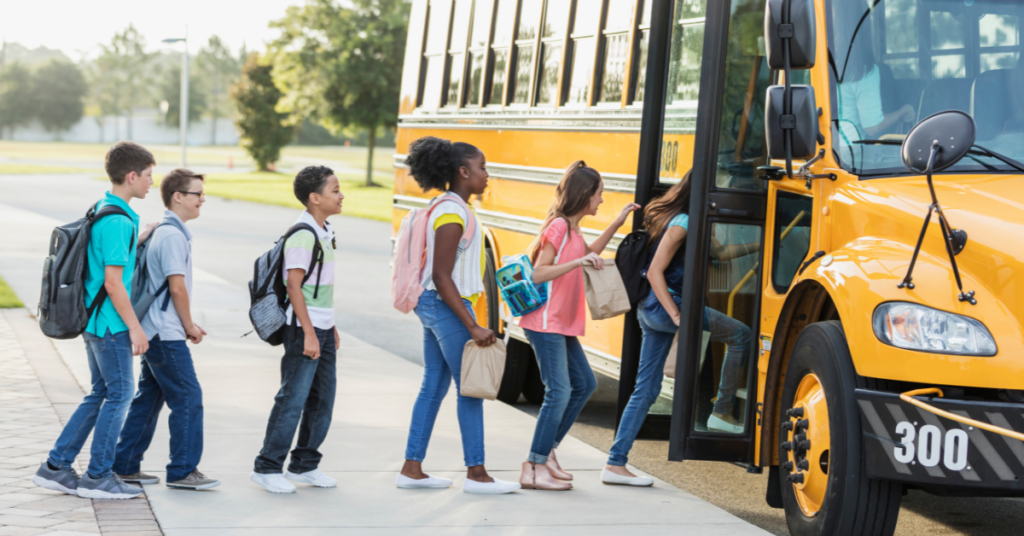For many students and families, the back to school season is an opportunity to start the new year refreshed and ready to achieve new goals! For LGBTQ+ families, it also often means “coming out” to teachers and educators and beginning another year-long effort to create an LGBTQ+ friendly classroom.
If you’re having trouble knowing where to start these conversations, consider the following specific suggestions! As always, do those which feel more comfortable to you:
Assess the school’s progress in creating an LGBTQ+ friendly classroom
The first step is always to assess where a school is at in their LGBTQ+ inclusion work. This means asking principals and teachers:
- If they are aware of other LGBTQ+ families at the school currently or in the past.
- How they handle comments like “That’s so gay” or other anti-LGBTQ+ slurs.
- Whether they have received training on how to support students with LGBTQ+ families.
- Whether the library contains books that include LGBTQ+ families.
Tip: Consider sharing Family Equality’s Book Nook reading lists with them. - Who is on the school board, PTA, and other influential groups at schools and what their records are regarding inclusiveness.
Fix the school’s forms and paperwork
If your school forms say “Mother” and “Father” rather than “Parent/Caregiver,” advocate for them to be updated to include all families. Include space for parents and caregivers to provide pronouns and parent names, or ask that the school find another way to get this information to staff.
This is a concrete way to start conversations with your school about diverse families, and it should be a simple change to make!
Be out
Often, the best way to demonstrate the urgent need for LGBTQ+ friendly classrooms is putting a face to the work! Be as out as you feel you can be in your community. Meet with your principal and teacher to introduce your family. In doing so, let your child’s teacher know what language you use to describe your family relationships (e.g. Daddy/Papa or “Eva has two moms.”) and what parent holidays, if any, you celebrate in your family.
Be a guest speaker in your child’s class, at a staff meeting, or PTA meeting. Be overt in correcting school staff and other families when they make assumptions about your family.
Get involved in the school community
Parents can have a huge influence in their school communities when they get involved. Volunteer in your child’s classroom or help out in the school. Take on a leadership role—join the PTA, diversity committee, or curriculum review committee. Make your voice heard.
Express your thanks when the school or district takes steps to be LGBTQ+ inclusive, and vocally oppose any anti-LGBTQ+ policies or actions. Speak up at a school board meeting or email board members and district administrations about issues that impact your family.
Look for LGBTQ+ friendly classroom policies and practices
Take a look at your school or district’s policies addressing discrimination, harassment, and bullying to see if they include sexual orientation and gender identity/expression. If they don’t, work with administrators, teachers, and other parents to change them. Look at the type of events your school district hosts. If there are unnecessarily gendered activities such as Father/Daughter Dances, work to make them gender-neutral and more inclusive.
Provide resources for creating an LGBTQ+ friendly classroom
Suggest specific, concrete ways the school could change to be more supportive of your family. Offer suggestions for age-appropriate books, videos, curriculum, and other materials that include LGBTQ+ families. Donate some of these resources if you can.
Offer suggestions for how to deal with potentially sticky situations like Father’s Day, Mother’s Day, family-tree assignments, or how to respond when other parents have questions about your family. Let your principal and teacher know about LGBTQ+-related staff development opportunities, such as local trainers or conferences.
Build community with other families
Organize a get-together with the parents/ guardians of other children in your child’s classroom. If there are other LGBTQ+ families at your school, organize an LGBTQ+ and Ally potluck at school.
Start an LGBTQ+ school advocacy group in your district or region. There is great strength in numbers and in diverse voices advocating for fairness.
Expect more!
Whether your school is just beginning the process of becoming an LGBTQ+ friendly classroom or has already taken great strides to do so, continue to raise your expectations.
Nearly every school could take further steps to become even more welcoming and inclusive of LGBTQ+ families. Help your school move to the next level.



